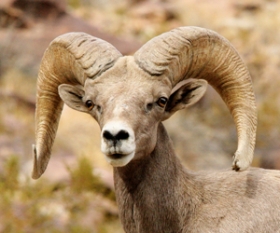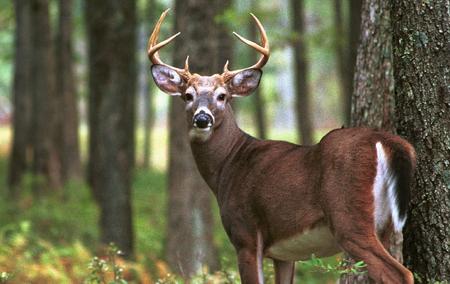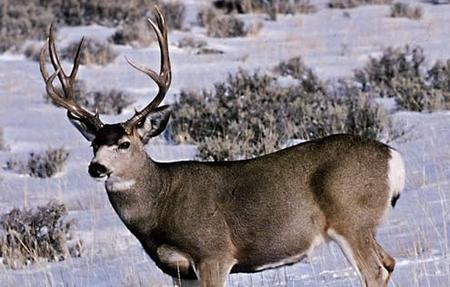In addition to population estimates, habitat management and conservation, a key component of wildlife management for most popular game animals includes regulated hunting. This holds true for elk hunting, too, but the recently-discovered record elk from Minnesota was not shot by a hunter at all. After learning about this lucky deer hunter that stumbled into a bull elk of record proportions, it seems you just never know when you are going to run into a wall hanger!
Whitetail hunter Ryan Muirhead had set out to fill his buck tag on December 12, the final day of Minnesota ’s muzzleloader season, but little did he know he would bump into a huge 9 x 10 bull elk with antlers that may rewrite the record books. The manner in which he found the bull was even more extraordinary…it was pinned flat on its back with its antlers stuck in the mud. Continue reading Record Elk Found With Antlers Stuck in Minnesota Mud


